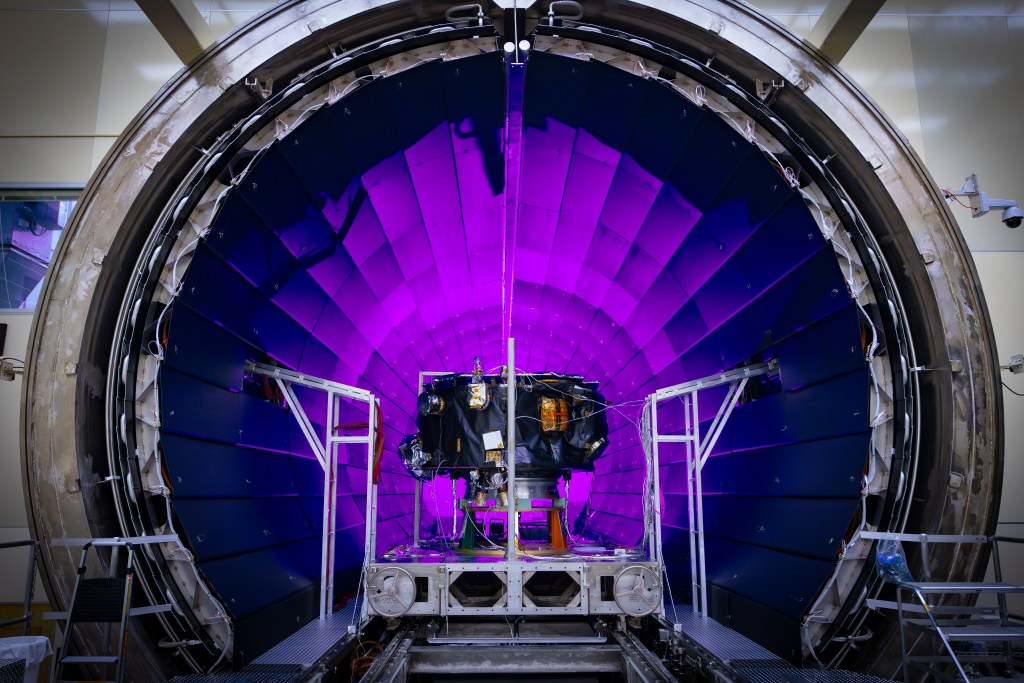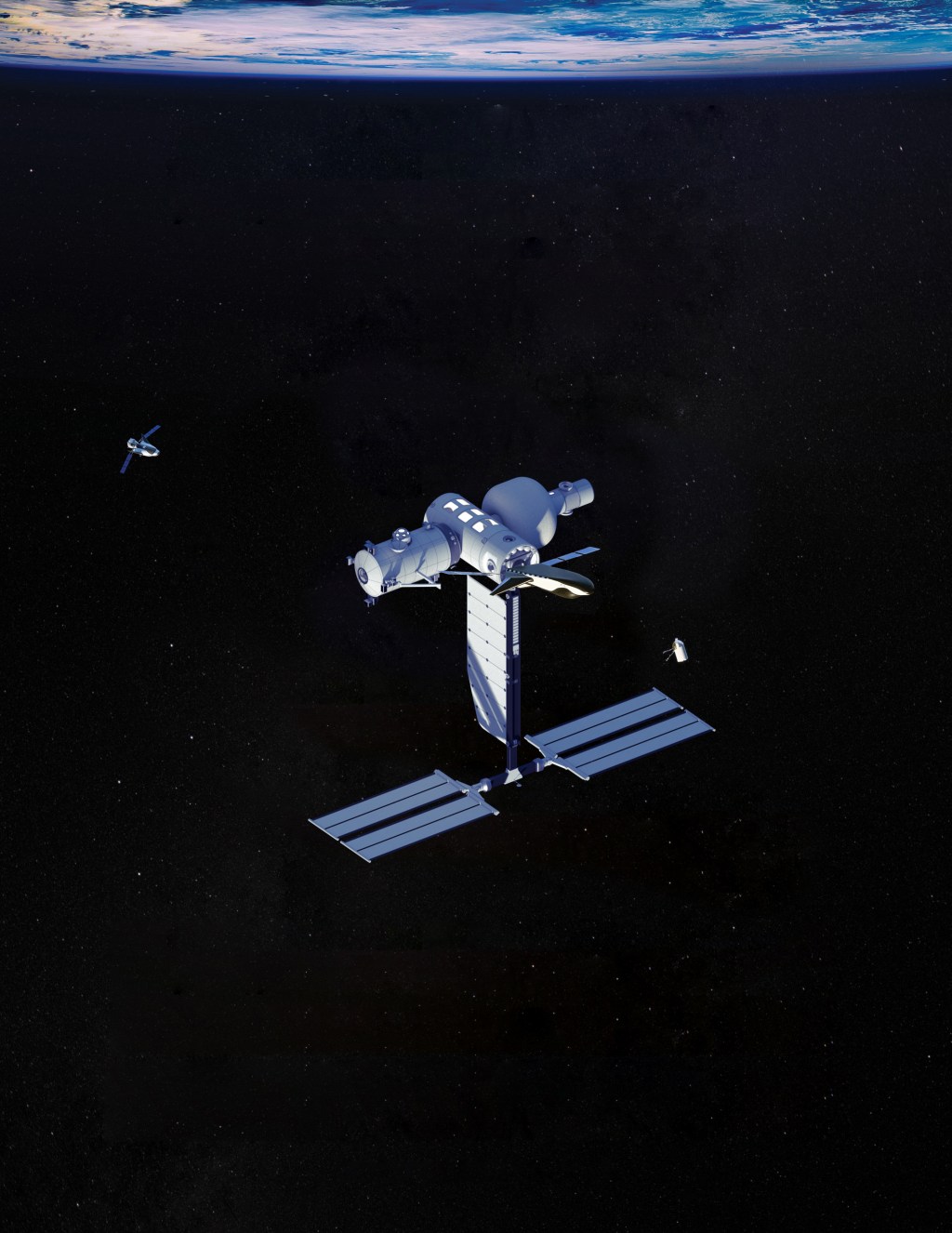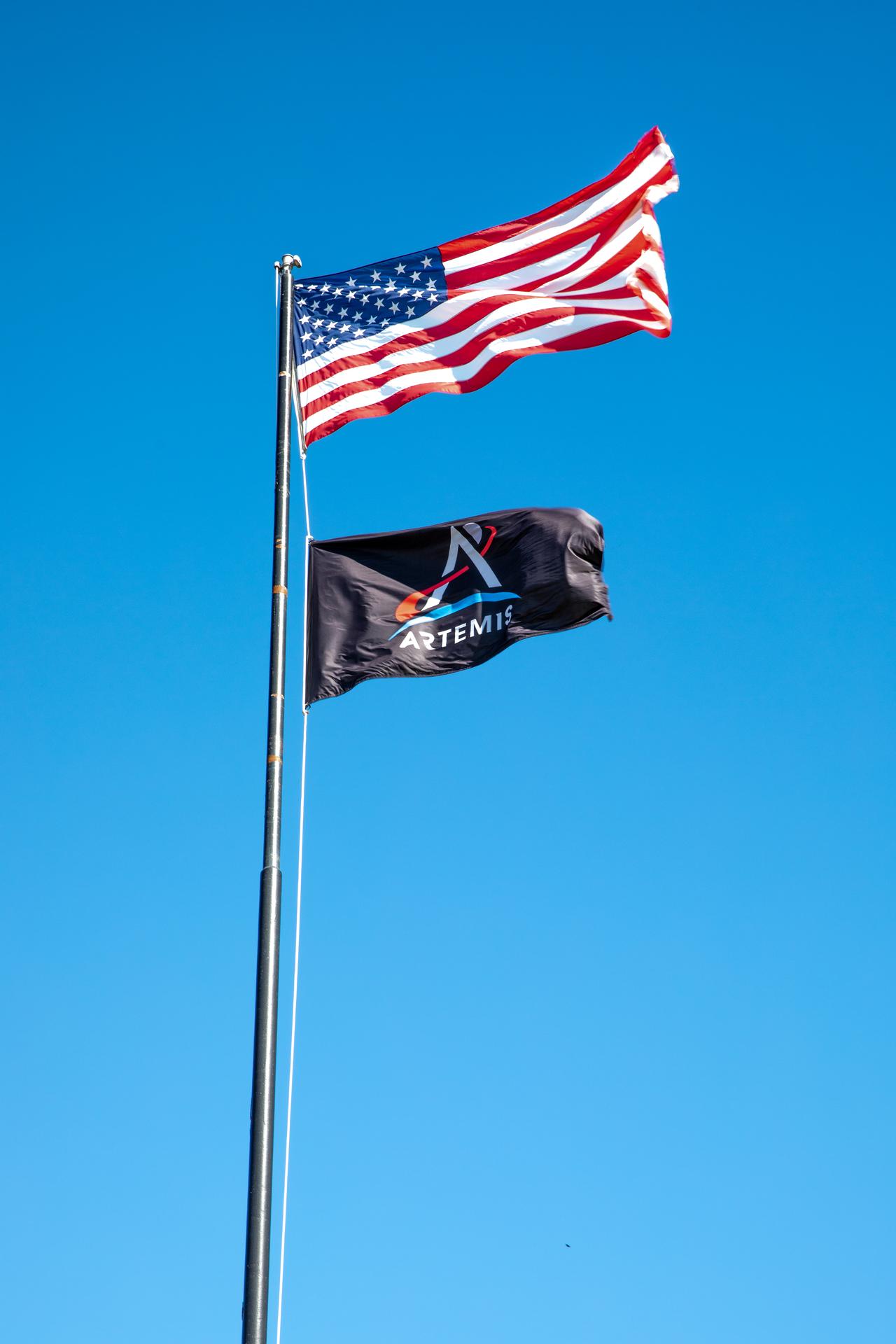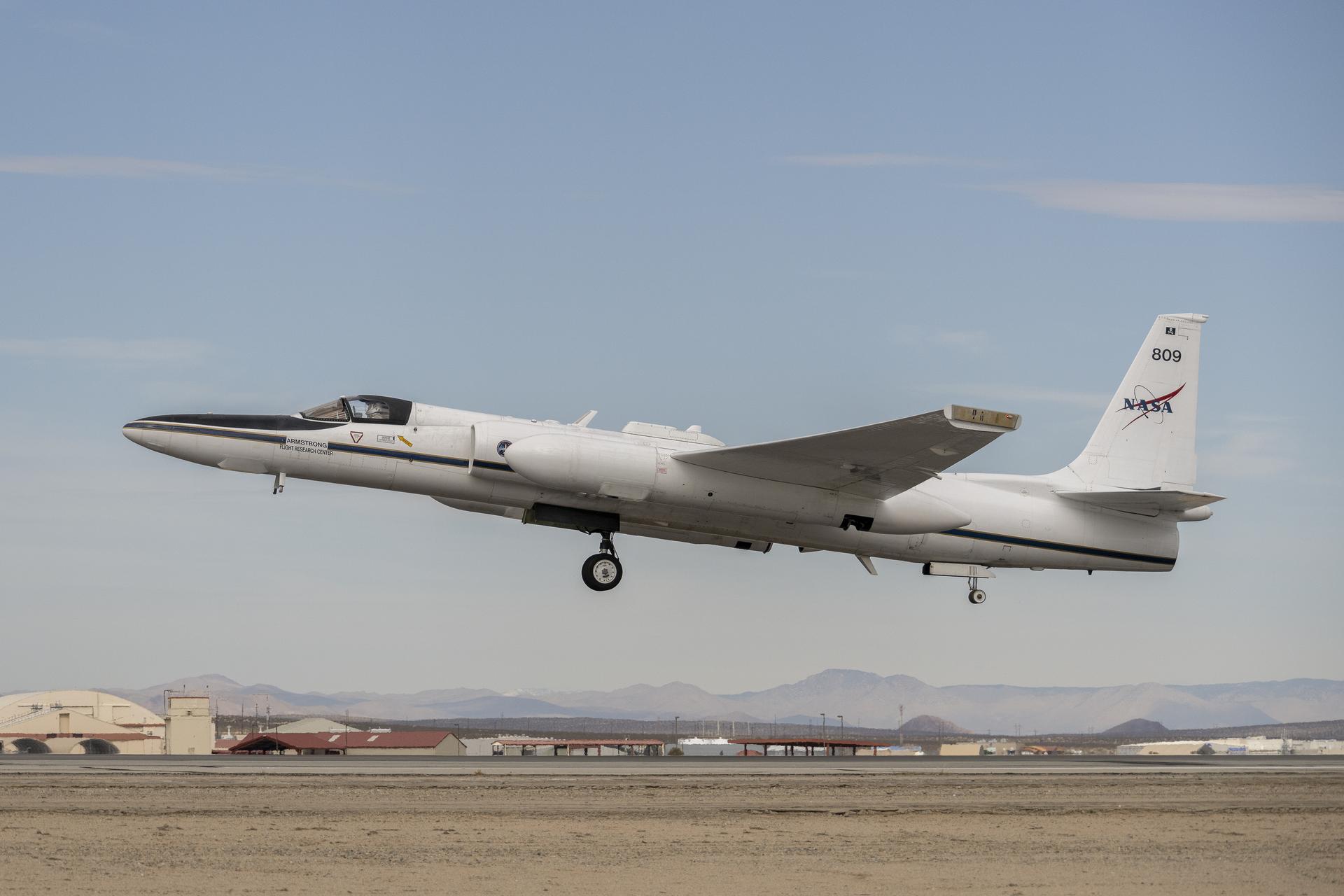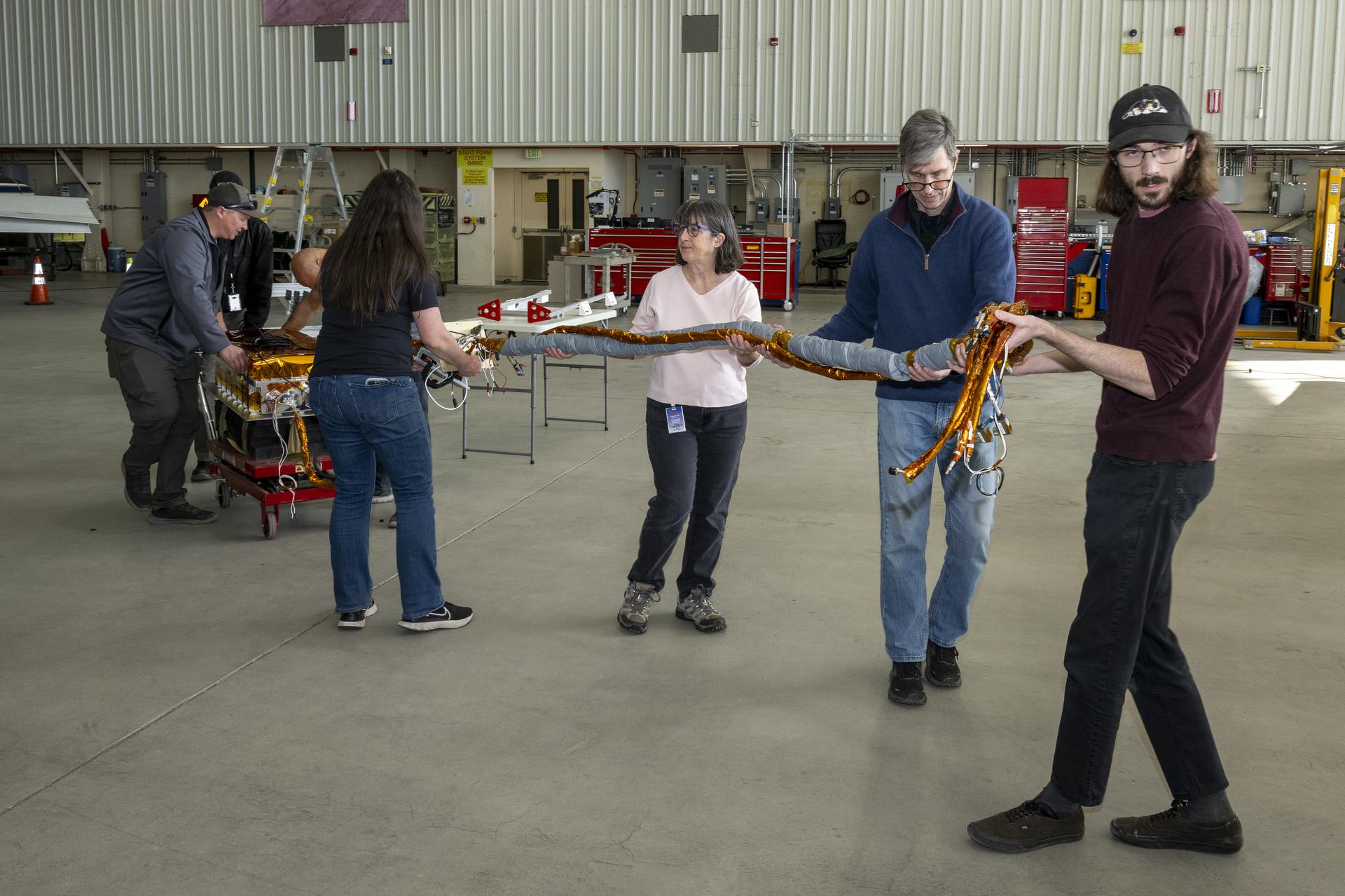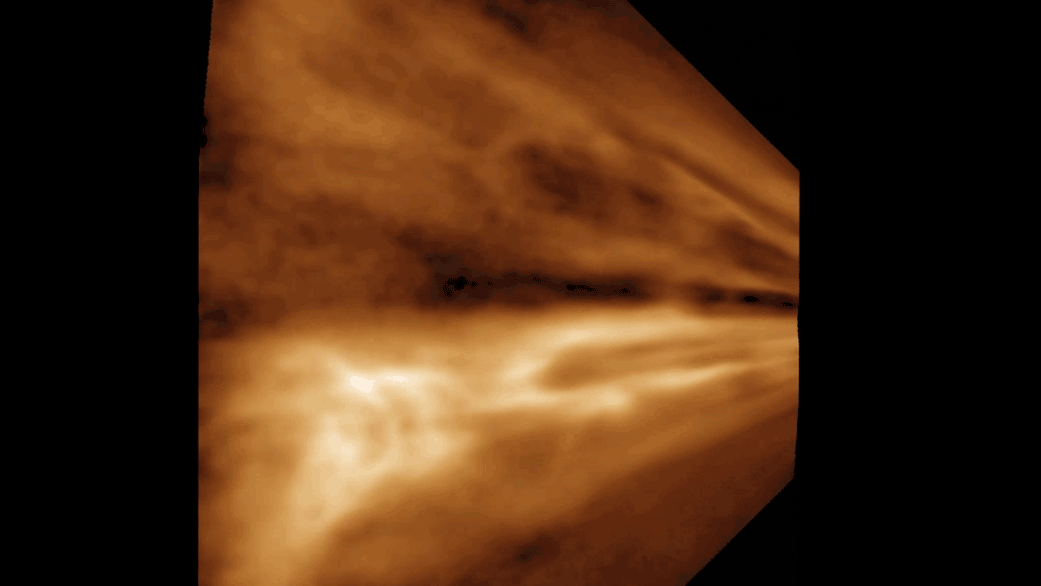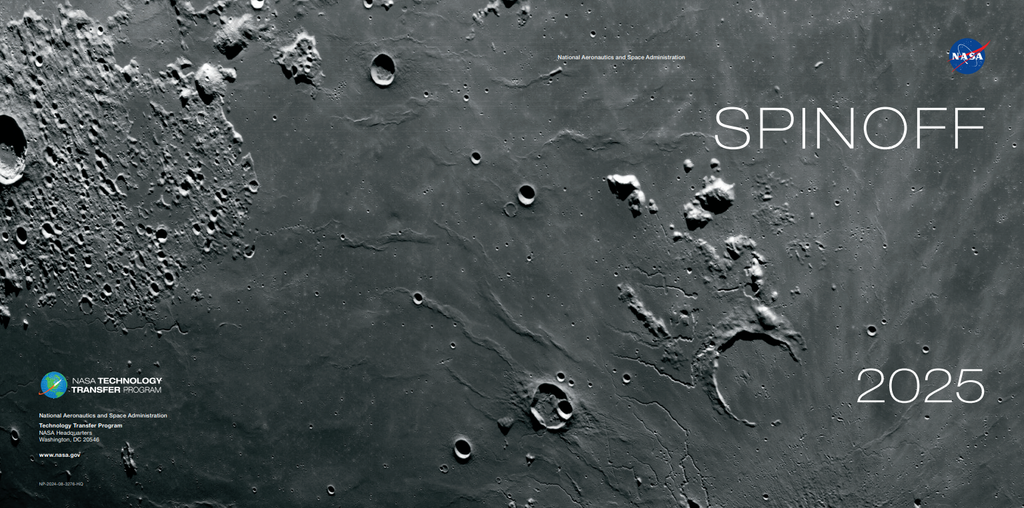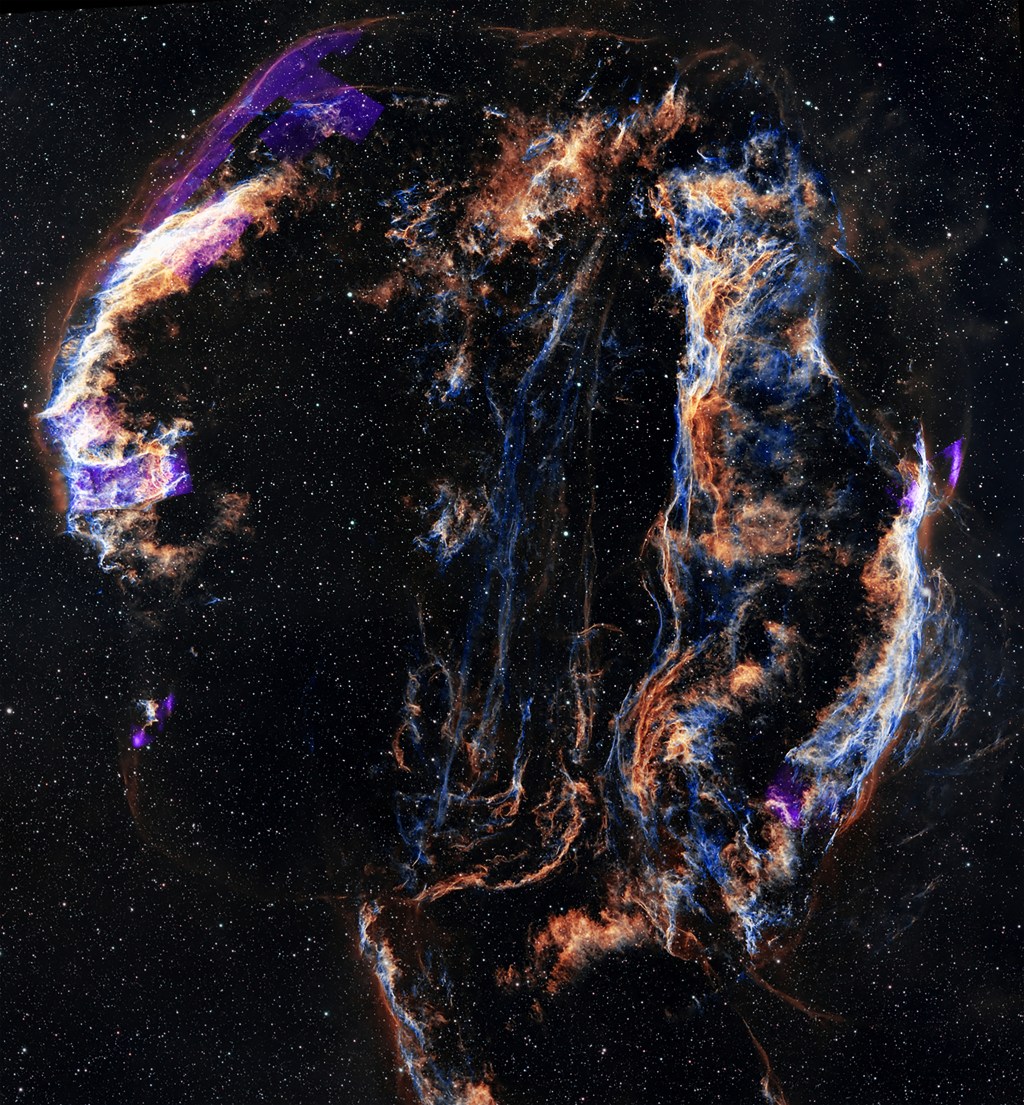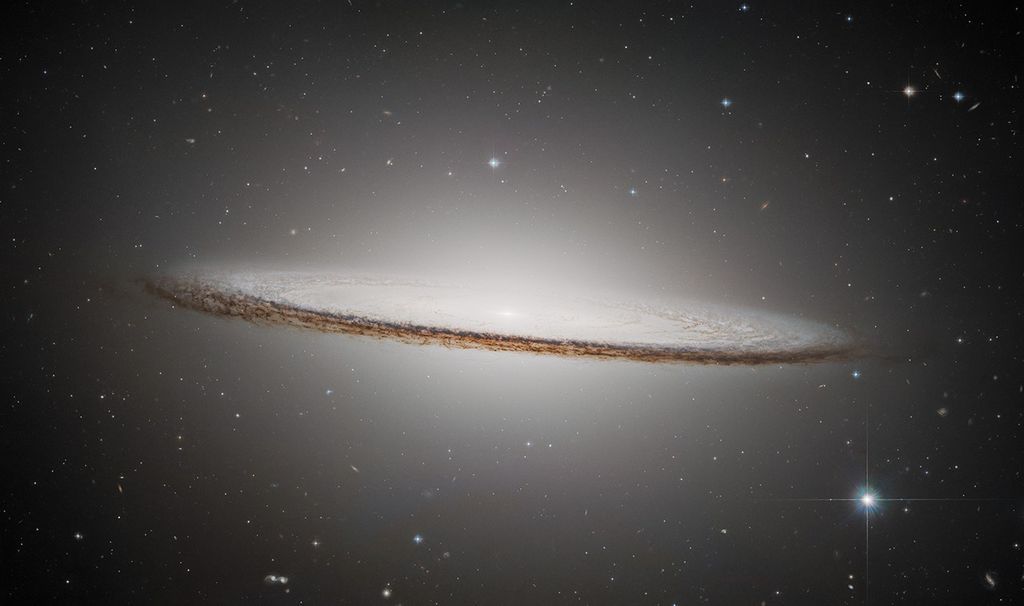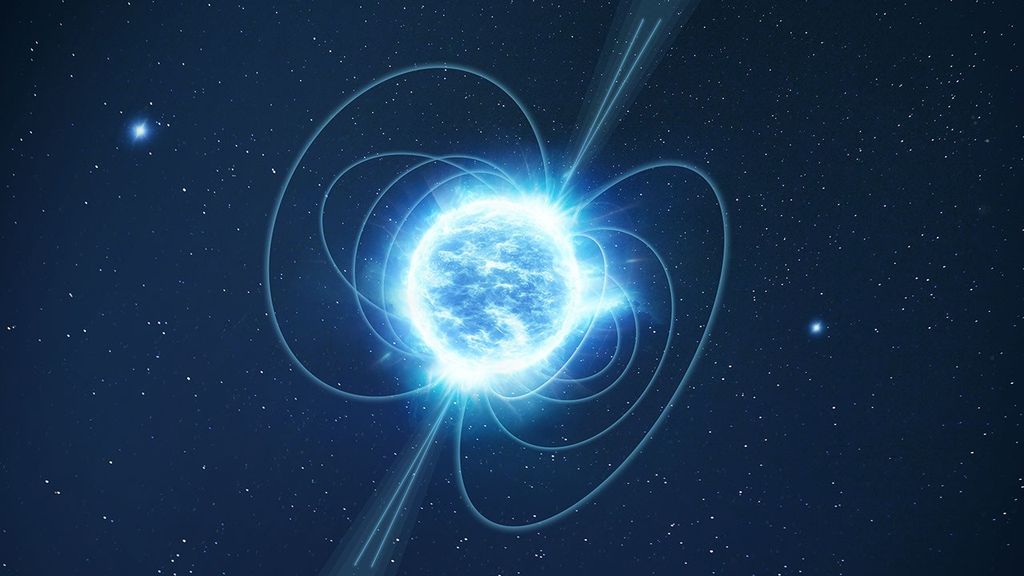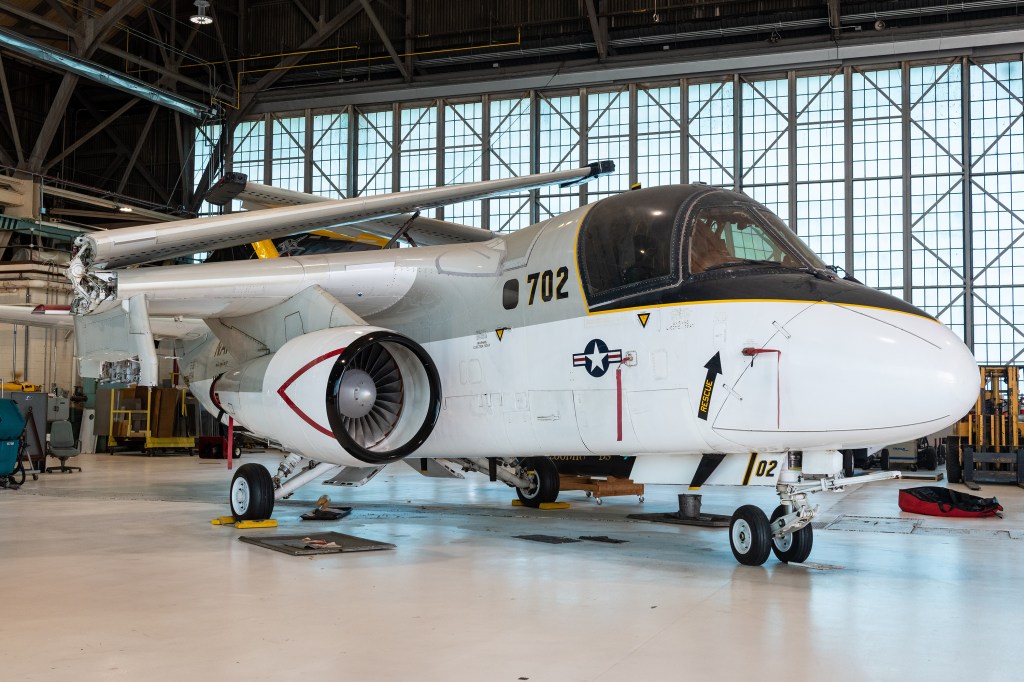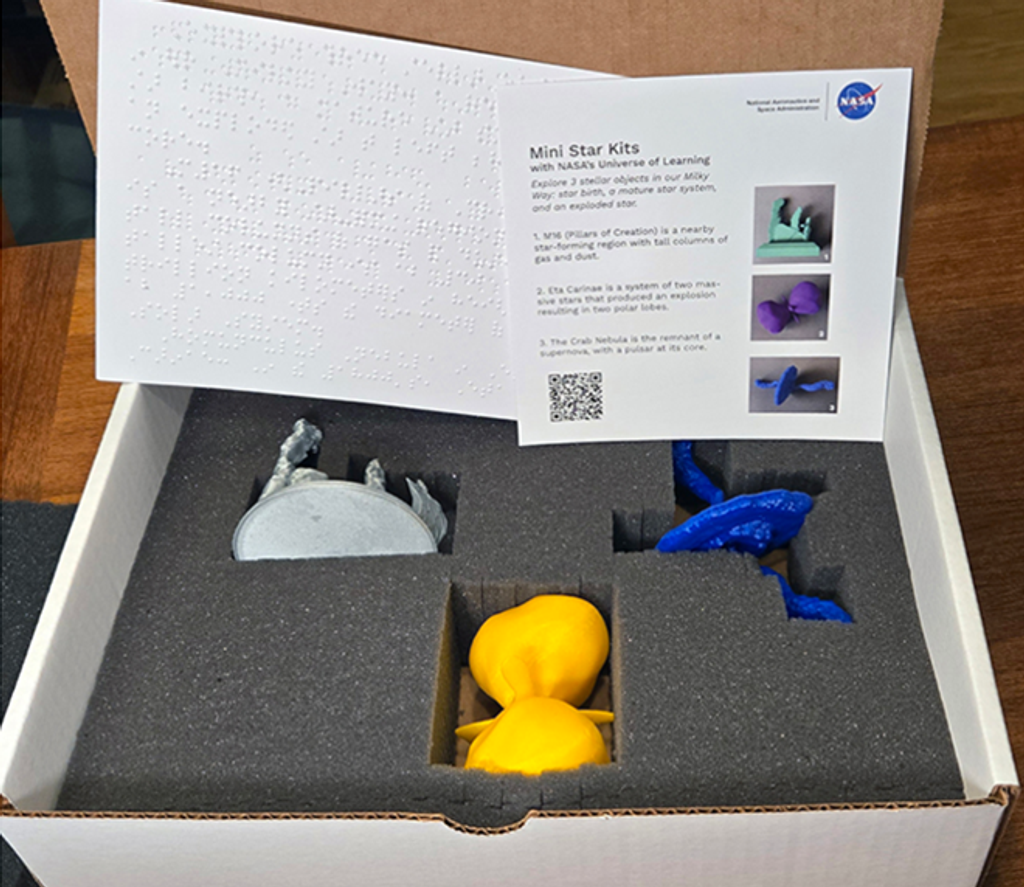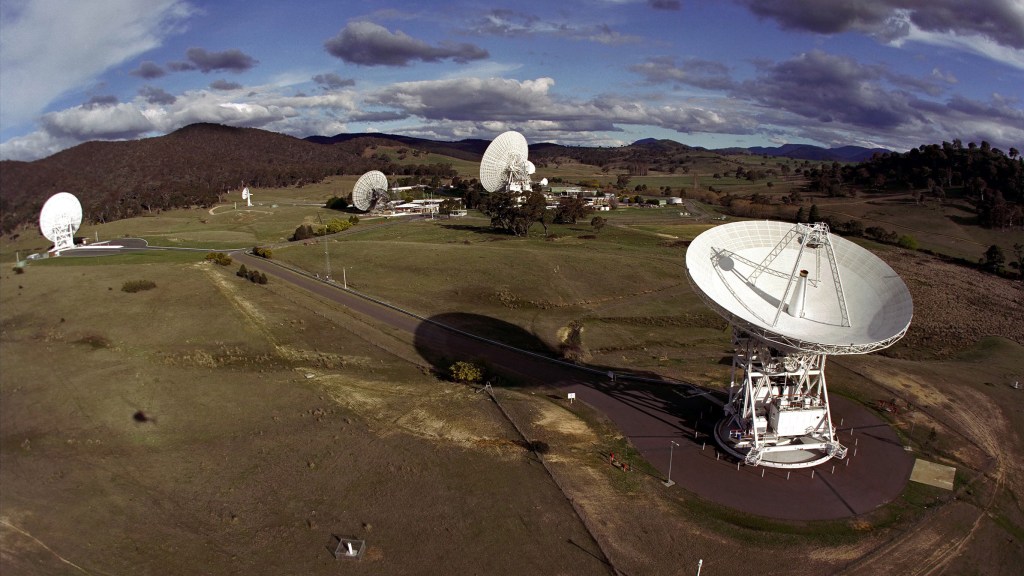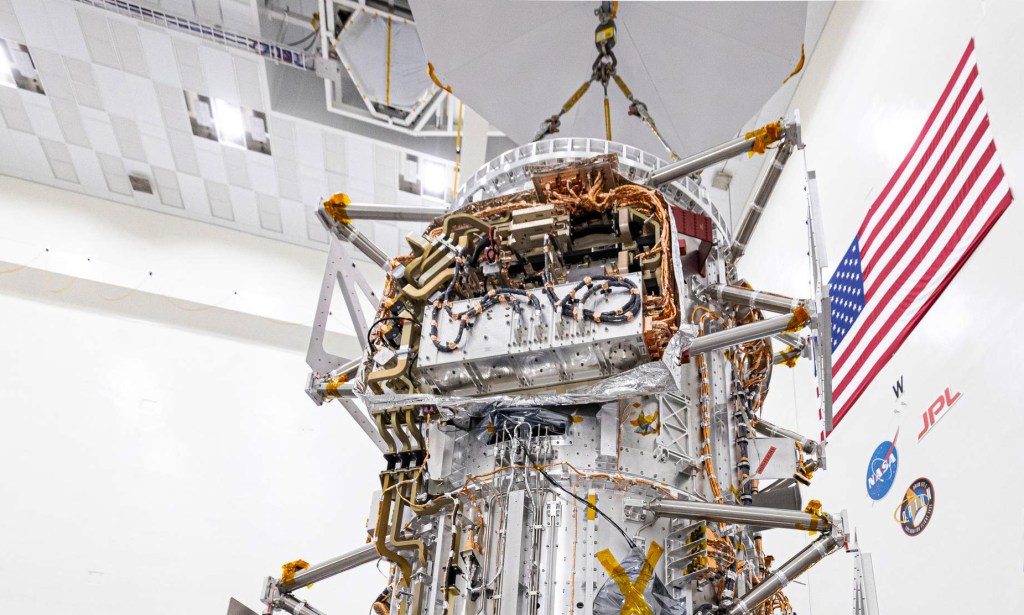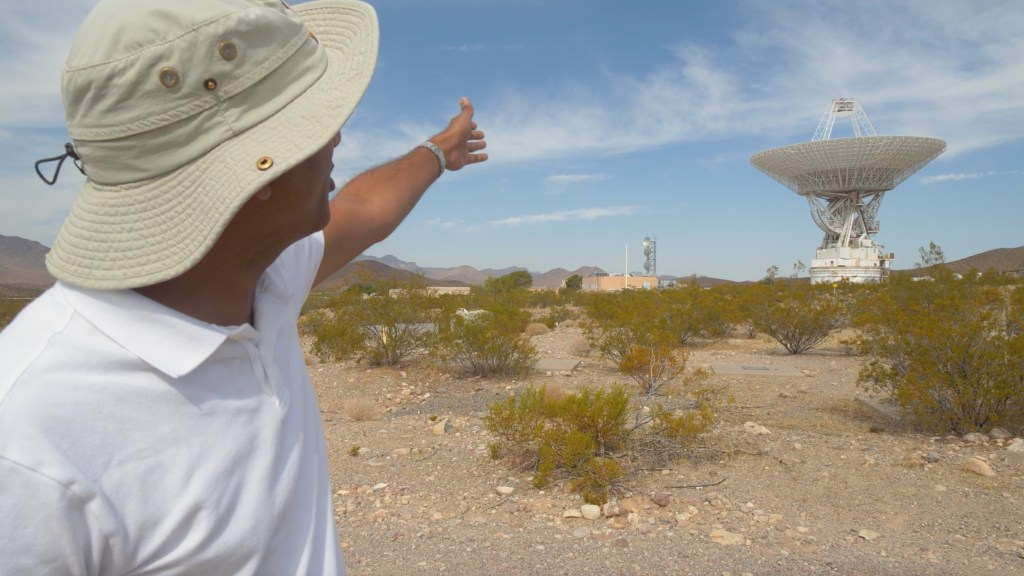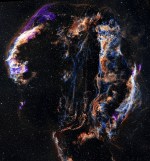Ranger 5
Type
Launch
Target
Objective
What was Ranger 5?
NASA's Ranger 5 was the third attempt by the United States to land a spacecraft on the Moon. A malfunction with the spacecraft's batteries caused them to drain after about eight hours of flight, leaving Ranger 5 inoperable.
| Nation | United States of America (USA) |
| Objective(s) | Lunar Impact |
| Spacecraft | P-36 |
| Spacecraft Mass | 755 pounds (342.46 kilograms) |
| Mission Design and Management | NASA / JPL |
| Launch Vehicle | Atlas Agena B (Atlas Agena B no. 7 / Atlas D no. 215 / Agena no. 6005) |
| Launch Date and Time | Oct. 18, 1962 / 16:59:00 UT |
| Launch Site | Cape Canaveral, Fla. / Launch Complex 12 |
| Scientific Instruments | 1. Imaging System 2. Gamma-Ray Spectrometer 3. Single-Axis Seismometer 4. Surface-Scanning Pulse Radio Experiment |
Key Dates
Oct. 18, 1962: Launch
Oct. 21, 1962: End of mission
In Depth: Ranger 5
This was the third attempt by the U.S. to impact the surface of the Moon using a Block 2 Ranger spacecraft.
On this mission, after just 15 minutes of normal operation, a malfunction led to the transfer of power from solar to battery power. Normal operations never resumed, and the battery power was depleted after 8 hours. After that, all spacecraft systems died.
The first course correction was never implemented, and Ranger 5 passed the Moon at a range of 450 miles (724 kilometers) Oct. 21, 1962, and entered heliocentric orbit. It was tracked to a distance of about 790,000 miles (1,271,381 kilometers).
Before loss of signal, the spacecraft sent back about four hours of data from its gamma-ray experiment.
Key Source
Siddiqi, Asif A. Beyond Earth: A Chronicle of Deep Space Exploration, 1958-2016. NASA History Program Office, 2018.




